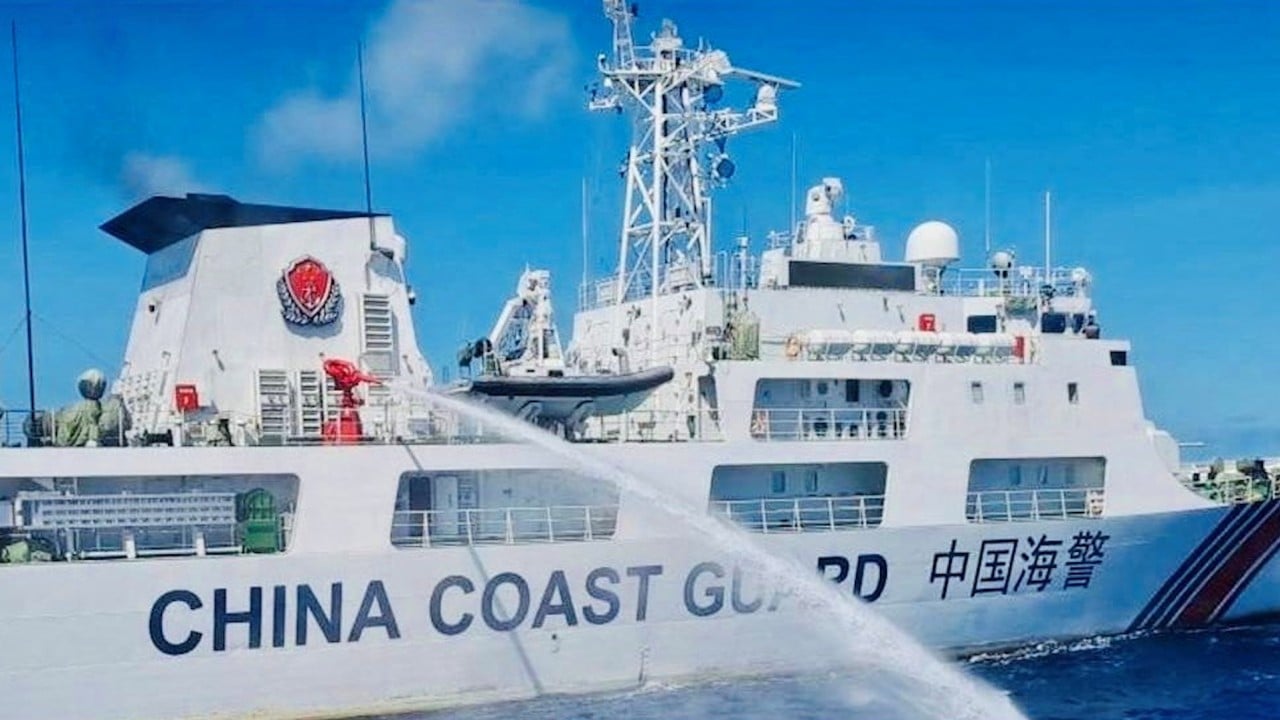
Explainer | Why is a rusty old Philippine warship involved in the South China Sea dispute?
- The BRP Sierra Madre started life as a WWII-era tank-landing ship and saw action in Vietnam before the United States got rid of it
- It was deliberately grounded on Second Thomas Shoal by the Philippine military in the late 1990s in an effort to check China’s advance
So how did a rusting hulk named after a Philippine mountain range end up at the centre of the latest diplomatic row over the South China Sea?
The 100-metre (328-foot) BRP Sierra Madre vessel began its life as the US tank-landing ship USS LST-821, which served in World War II.
It was later renamed the USS Harnett County and deployed during the Vietnam war, where it was used as a helicopter gunship base, according to the United States Naval Institute.
After the war, it was acquired by the Philippine Navy and later renamed the BRP Sierra Madre.
The Philippine military deliberately grounded the BRP Sierra Madre on Second Thomas Shoal in the late 1990s in an effort to check the advance of China in the hotly contested waters.
The unorthodox tactic to establish Philippine presence on the shoal was in response to China’s occupation of the nearby and then-uninhabited Mischief Reef, also claimed by Manila, a few years earlier.
Second Thomas Shoal, located in the Spratly Islands, is about 200 kilometres west of the western Philippine island of Palawan and more than 1,000 kilometres from China’s nearest major land mass of Hainan island.

China claims almost the entire South China Sea, which includes Second Thomas Shoal, and deploys hundreds of vessels there to patrol the waters and swarm reefs.
They also regularly attempt to disrupt resupply operations to the tiny Philippine garrison on Second Thomas Shoal, according to Manila.

The handful of Philippine marines deployed on the BRP Sierra Madre depend upon those resupply missions to survive their remote assignment.
The Philippines’ coastguard fears China will seek to occupy Second Thomas Shoal if the military detachment leaves.
The South China Sea is seen as a powder keg and many fear a miscalculation or accident could ignite a military conflict.
The US has no territorial claim over the waters, but has persisted in conducting its own patrols there, angering Beijing.
Washington says this is to ensure what it terms “freedom of navigation” in the sea, through which trillions of dollars in trade passes annually.

.png?itok=arIb17P0)
